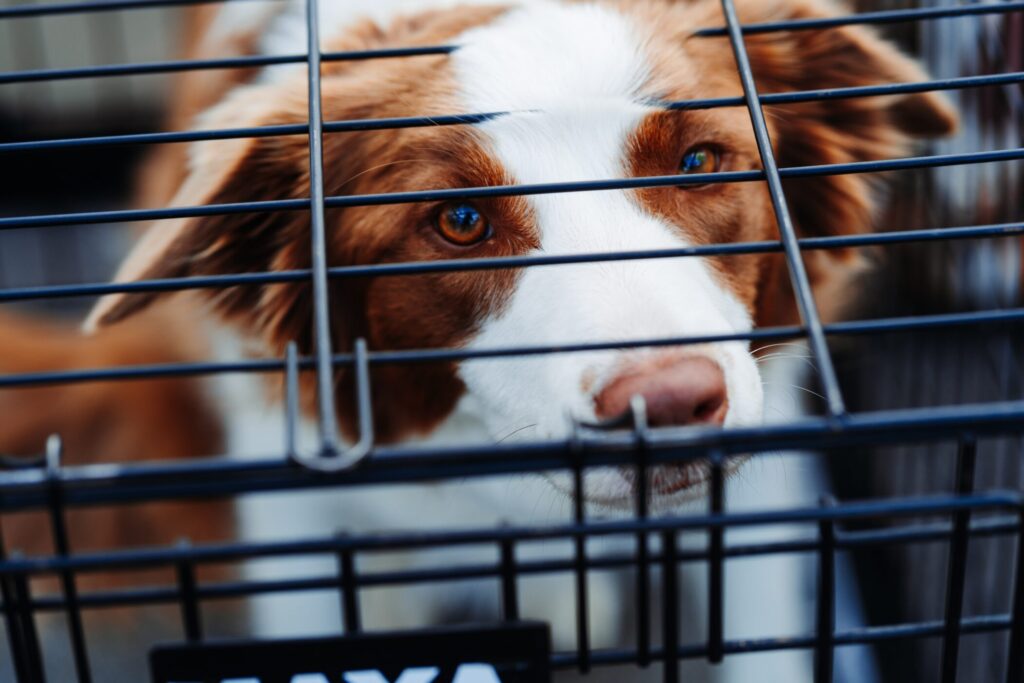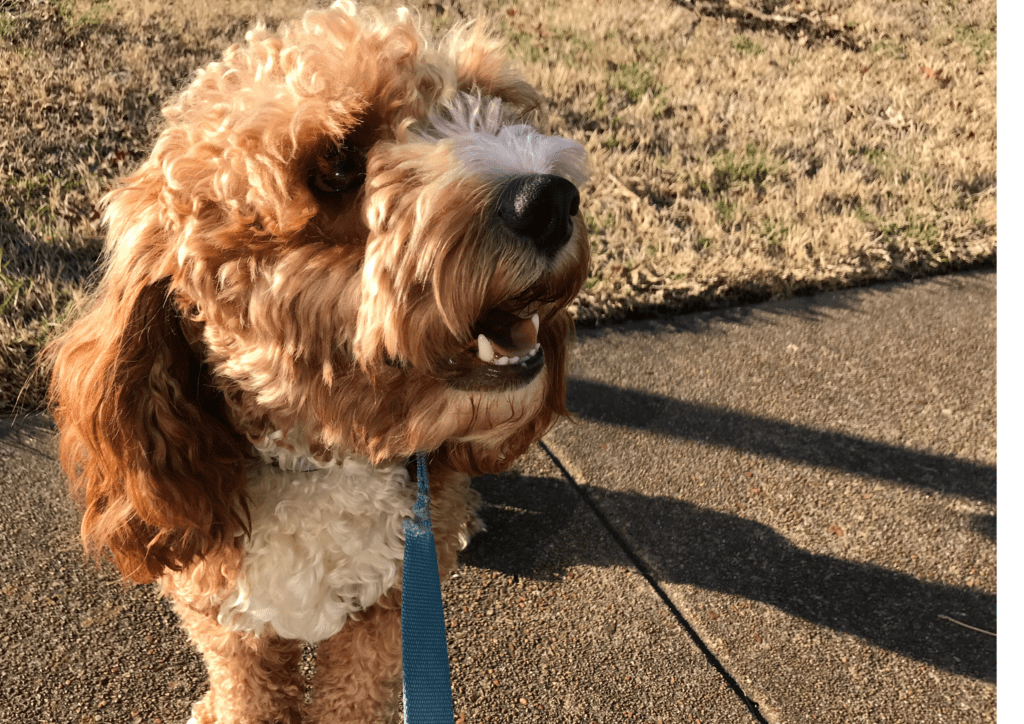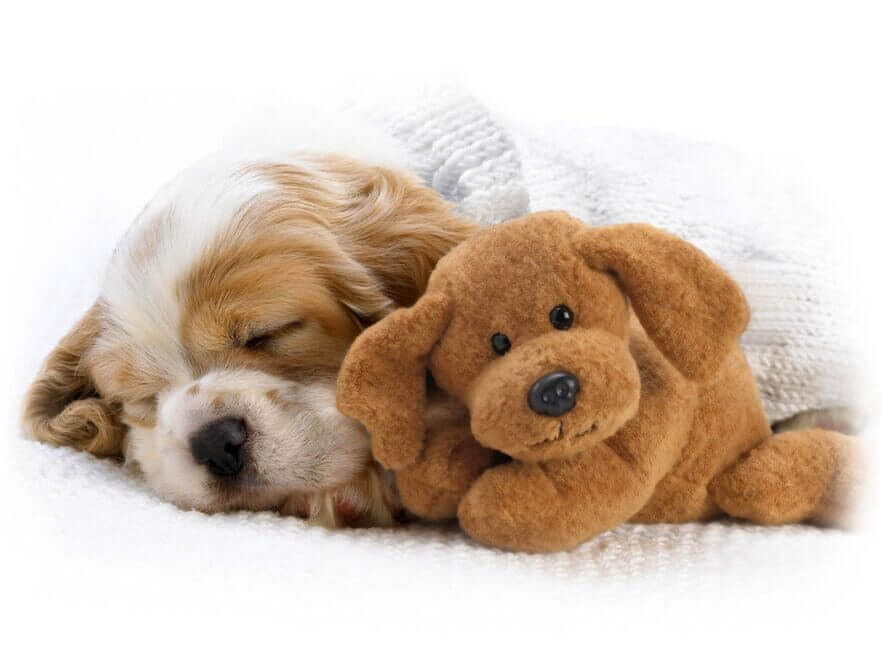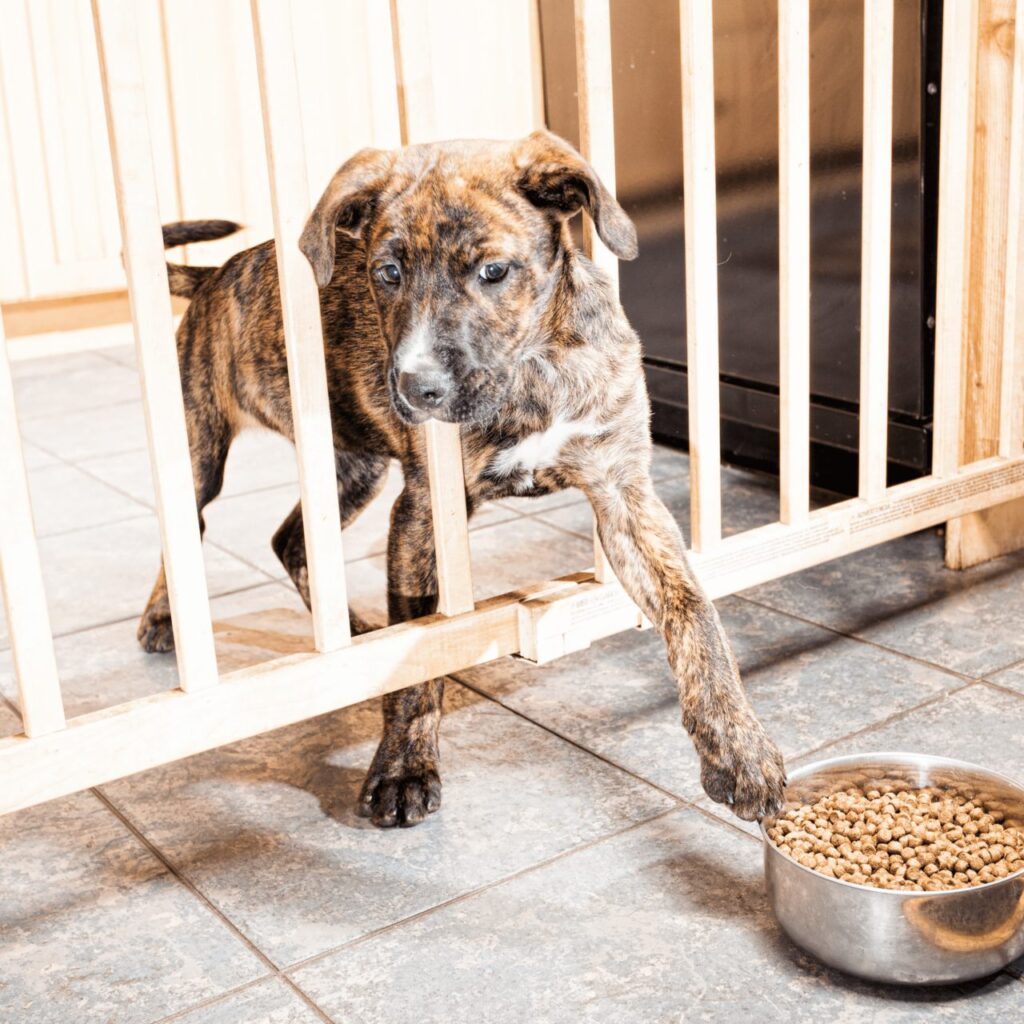
FREE Help I've Got A New Puppy Survival Guide
Sign up to our mailing list and we will give you all you need to know on making your first 7 days count. Includes sleep, feeding, toilet training, chewing and much more!
Recent posts
Blog categories
Search the blog
Help! I’m going back to the office!
Posted on 16th August 2021

Preventing separation anxiety in your puppy
Lockdown has led to a huge increase in the number of people purchasing puppies in the UK. “Puppy Pandemic” has meant that many owners have felt it has been the perfect time to introduce a new family member
Puppies have had many benefits including their parents and child siblings being home… but this has meant one thing – they are not used to being home alone.
As we emerge from the aftermath of COVID and try and get back to the new normal (likely returning to the office), many puppies will experience a change in routine and now find themselves left alone for longer periods of time.
Going from having people home all day to the feeling of an empty house is too much emotionally for many puppies. This likely results in anxious puppies who cry and bark when left. It also likely leads to anxious owners who worry that they will come home to destruction and toilet training has gone out of the window.
Here are our suggestions for helping your puppy adjust to being left:
1. Start your separation training when you are at home
If your puppy follows you everywhere, they are not going to cope when you leaving the house. The pace at which you start separation training will depend on your individual puppy – clingy pups will need a slower approach.
We love the following training exercises:
- Stepping out of sight for a couple of seconds – this can be behind furniture, doors or doorways. Wait for the moment your puppy looks up to see where you are and then re-appear. This allows them to adjust to brief absences and feel safe that nothing bad is going to happen.
- Encourage a settle away from you – this can be done using a play pen or a barrier. Give your puppy something good to do as you sit close to them on the other side. Useful items are Kongs and other interactive feeding toys – have a look at our video on interactive feeding for more ideas. You can also try using a tie out toy – this is a toy that you tie to something so your puppy has to settle where they are to enjoy it.
- Closed door feeding – as you go through a door, scatter a few tasty treats or some of their food on the other side so they are eating as you close the door
2. Increase times slowly
It is important that your puppy feels safe by having access to you when they need it. Think of it like new born baby, you wouldn’t leave them to cry. Just like babies, puppies they have needs to be met. It’s no different. Leaving them to cry it out can lead to more severe problems later on.
Build up the time very gradually from two seconds to two minutes to 10 minutes to 30 minutes etc.
This means training every day in the build up and not just waiting until two days before you are due back at work.
3. Create a safe space
We suggest a safe pen area with a sleeping area inside, lots of toys and water. Never leave your puppy without fresh water.
Use background noise to create a sense of normality when you leave as opposed to stark silence.
4. Make outside absences short before building up to longer times
To begin with, do something simple like put the rubbish out or open the car and start the engine.
We recommend that you find a task to do rather than standing outside holding your breath!! This creates anxiety in both you and your puppy. Try and make leaving as matter of fact as you can.
Finally, puppies can learn to look forward to you leaving if it always produces something really good such a chew or treat toy.
If you need to be out for more than two-four hours, please utilise a dog or puppy walker to come in and be with your puppy for a period of time. Older dogs should never be left for longer than four hours. This is less for new younger puppies as they have more frequent feeding and toilet needs.
If you are struggling with leaving your puppy when you return to the office and are no longer working from home, please consult with a specialist trainer via a referral from your veterinarian.
Email: clair@talktothepaw.io | Mobile: 07969 036789 | Privacy Policy



